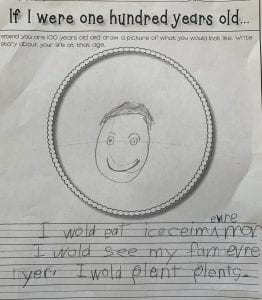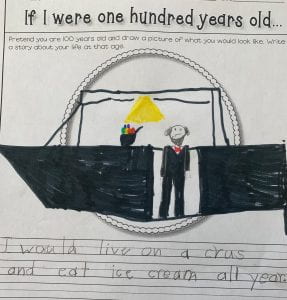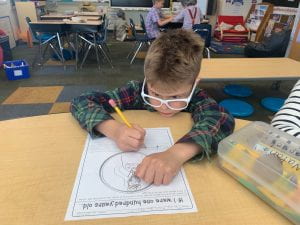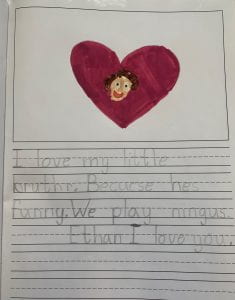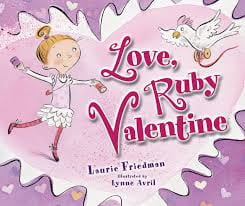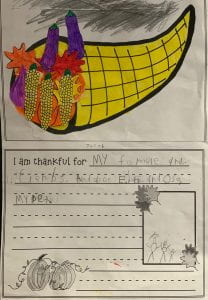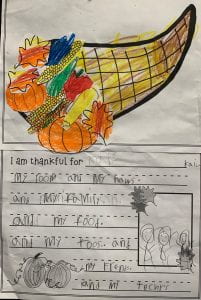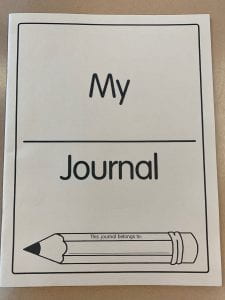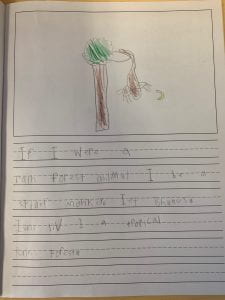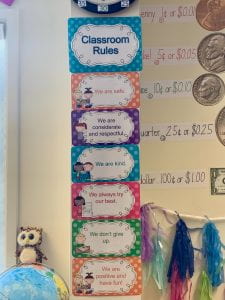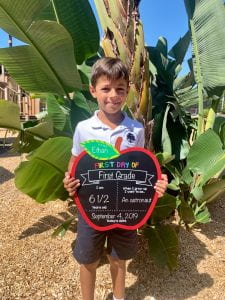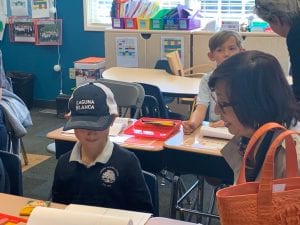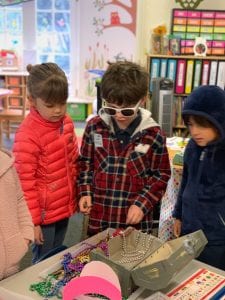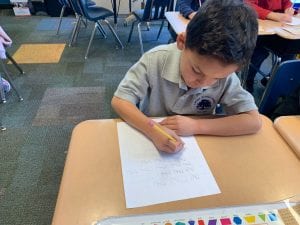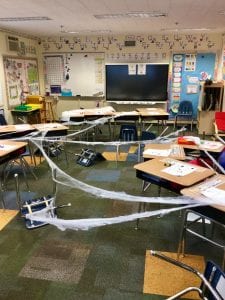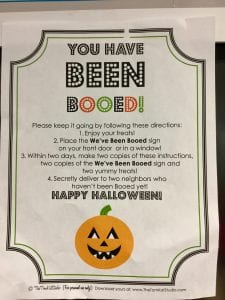
One of the keys to success: a useful tracking system!
When you set out to complete a task, do you prefer to sit down at a desk? Maybe a couch in a coffee shop is more comfortable. Some tasks might be best completed standing at a counter, or even lying on the floor. For me, it all depends on the task and how I’m feeling at that particular moment. There are times when I need the structure of my desk, set up just right with all the tools I need at hand. Other times, I prefer to sit back in a comfy chair to really take in a book or article I’m reading. With this in mind, I redesigned the way the seating in my classroom functions this year.

What is Flexible Seating?
Flexible seating is a classroom design in which students and teachers work together to choose from a variety of seating options that can include desks, couches, yoga balls, stools, lap desks, and many more choices. When I first heard about flexible seating, it made my “type A” heart flutter with anxiety. I pictured students arguing over desired seats and choosing to sit next to their loudest friend, making it impossible for themselves and others to learn. I decided to do some research into the why and how of flexible seating. Here’s some of what I found:
Research Supporting Flexible Seating
Herman Miller did a study in 2008 that revealed that “giving people some control over their surroundings adds to their sense of well-being.” Giving students more choice in where they sit during the day is a clear way to accomplish this, and I’ve seen first-hand how a general sense of well-being can increase student participation and learning in the classroom. In 2016, Steelcase Education funded a study that showed that student engagement increased in classrooms designed to support participative learning when compared to traditional row-by-column seating (Scott-Webber, Strickland, and Kapitula). There are also multiple studies that demonstrate that classroom design has an impact on student learning.

Clipboards allow for mobility and collaboration.
How It Works
Once I understood why flexible seating could be beneficial, I researched information on how to implement it. The key is to be… (drumroll, please!) flexible! For me, this means that sometimes, I still tell students where to work. Other times, they choose. We still have a desk for each child, so, just as I sometimes work best at my desk, we still have that option as well.
We began the year with assigned seats. I assigned students and tracked which options they used in order to ensure that everyone tried all of the choices available. This way no one got stuck in the beanbag chair rut without discovering that the standing desk helped them find success. I told the students that I would track their choices as necessary, so that if there were two people interested in the same seat, we could see whose turn it was. This helped avoid conflicts.

I introduced our Flexible Working Spaces poster, which shows each option and how many students could comfortably and safely make that choice at one time. This helps students remember all the options available, and avoids crowding in any one spot.
Finally, we have frequent discussions about expectations. I make sure to let students know when they need to have a quiet working space, when it’s ok to chat while they work, and when they need to be able to work together. If students are having trouble making a choice that lets them and those around them learn effectively, I help them make a different choice. Also, I do my best to prepare students to bring the supplies they need for each activity to their seat to avoid too much back-and-forth. Pencil boxes and supply cubbies equipped with larger boxes are key.

Our supply shelves with journals, books, and pencil boxes. Each student has their own supply box. Labeling the box, everything that goes in it, and the spot on the shelf for each box helps keep us organized.

Yoga balls and standard chairs give options at the rainbow table for collaboration or solo work.
Results
Our classroom is a happy place to be! The students quickly discovered how to identify what they need in any given working situation. Many of them use privacy folders (known in our classroom as “offices”) and headphones to block out visual and auditory distractions. Because the expectations are clear and consistent, they choose working spaces wisely and generally avoid chatting at inappropriate times. Like any first grade class, this is something we are still working on, but we are already improving. We are also working on not bouncing too much on the yoga ball seats, but all it takes is a quick reminder. My flexible seating tracking binder has been a great tool, and students ask me to check to see whose turn it is. When it’s not their turn at their first choice seat, they graciously move on to a different seat.

These floor desks get work off of student laps while still allowing for the flexibility of floor seating.

Our standing desk has room for one or two.

These pink chairs are surprisingly comfortable.
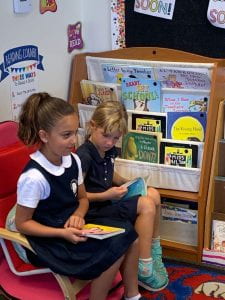
Our couch is a great place to read and work.


The floor table is wonderful for games or group work.

A variety of lapdesks suit a variety of learners.

Headphones help block out extra noise.
Our classroom is not the place I first imagined with arguments and a lack of focus. I like to think of it as a hybrid of a flexible seating classroom and a traditional learning space. We still use desks when they are best suited to the activity; we just have many more options now!



